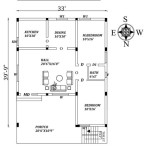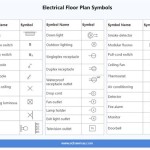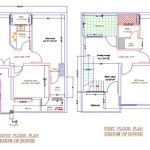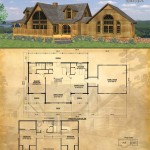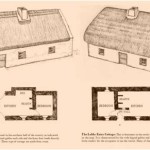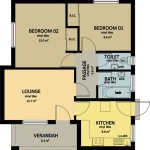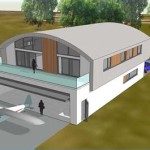Essential Aspects of Small Retirement House Plans
As you approach your retirement years, finding a comfortable and affordable home becomes a priority. Small retirement house plans offer numerous advantages, including reduced maintenance costs, increased energy efficiency, and the opportunity to downsize and simplify your lifestyle. Here are some essential aspects to consider when planning your perfect small retirement home:
1. Determine Your Needs and Lifestyle
Before you begin designing your retirement home, take the time to assess your current and future needs. Consider your daily routines, hobbies, and social habits. Do you enjoy spending time outdoors, gardening, or entertaining guests? How much space do you need for storage and hobbies? Understanding your lifestyle will help you create a home that meets your specific requirements.
2. Location and Accessibility
The location of your retirement home is crucial for convenience and quality of life. Consider factors such as proximity to essential amenities like healthcare, shopping, and social activities. Accessibility is also important, especially if you have mobility challenges. Look for homes with paved driveways, wide doorways, and accessible features.
3. Single-Level Living
As you age, single-level living becomes increasingly desirable. Eliminating stairs can reduce the risk of falls and improve overall accessibility. Small retirement house plans often include open floor plans that minimize the need for separate rooms, creating a spacious and comfortable living environment.
4. Energy Efficiency
Energy efficiency is essential for reducing monthly expenses and environmental impact. Consider using energy-efficient appliances, windows, doors, and insulation. Incorporate passive design principles, such as natural lighting and ventilation, to minimize energy consumption.
5. Downsizing and Decluttering
Retirement is an excellent opportunity to downsize and declutter your belongings. Small retirement house plans encourage a minimalist lifestyle, which can reduce stress and improve overall well-being. Consider donating or selling excess items to make your move into a smaller home easier.
6. Smart Home Features
Incorporating smart home features can enhance safety, convenience, and energy efficiency. Consider installing smart locks, thermostats, lighting systems, and security cameras to simplify your daily routines and provide peace of mind.
7. Outdoor Space
Outdoor space is essential for maintaining a healthy lifestyle and enjoying nature. Even small retirement homes can benefit from a patio, deck, or garden. Consider creating an outdoor living area where you can relax, entertain guests, or simply soak up the sun.
Planning a small retirement house involves carefully considering your needs, lifestyle, and future aspirations. By incorporating essential aspects like location, accessibility, single-level living, energy efficiency, downsizing, and outdoor space, you can create a comfortable and sustainable home that will enhance your retirement years.

Small One Story 2 Bedroom Retirement House Plans Houseplans Blog Com

Small One Story 2 Bedroom Retirement House Plans Houseplans Blog Com

Small One Story 2 Bedroom Retirement House Plans Craftsman Style Cottage

Small One Story 2 Bedroom Retirement House Plans Houseplans Blog Com

Empty Nester House Plans Retirement The Designers

Retirement House Plans

Small One Story 2 Bedroom Retirement House Plans Houseplans Blog Com

10 Small House Plans With Open Floor Blog Homeplans Com

Craftsman Cottage Style Retirement Home Plan

Empty Nester House Plans Retirement The Designers

